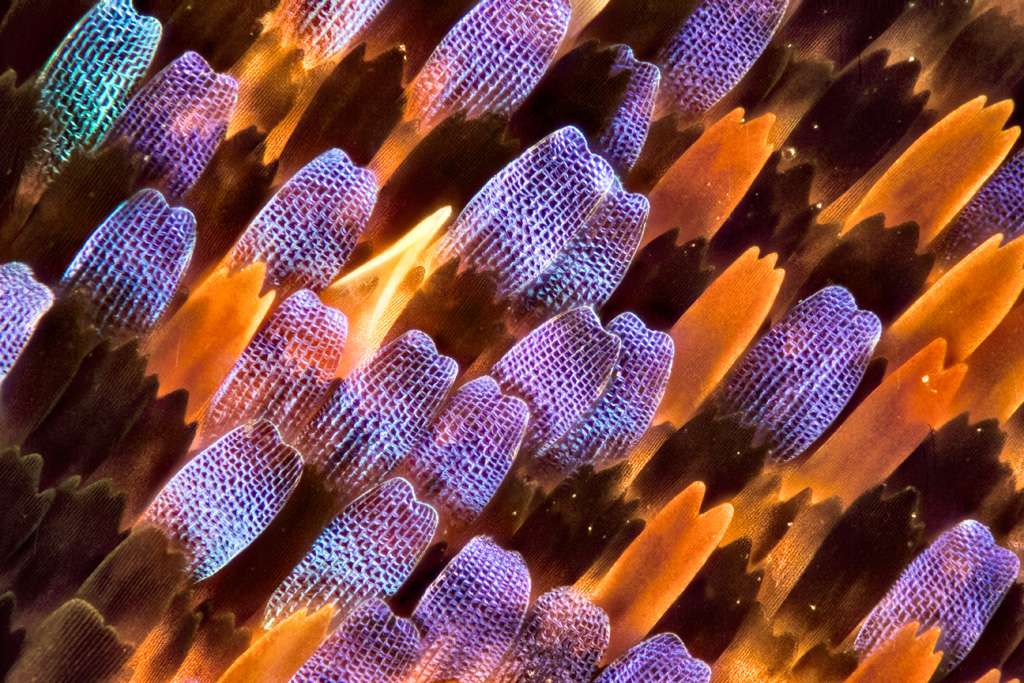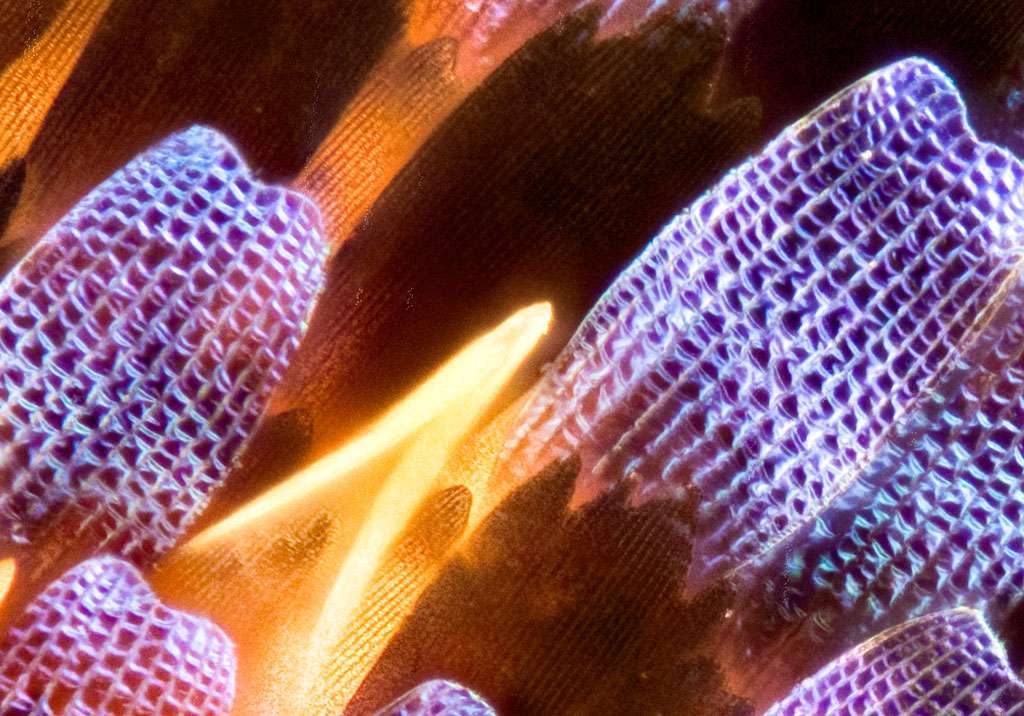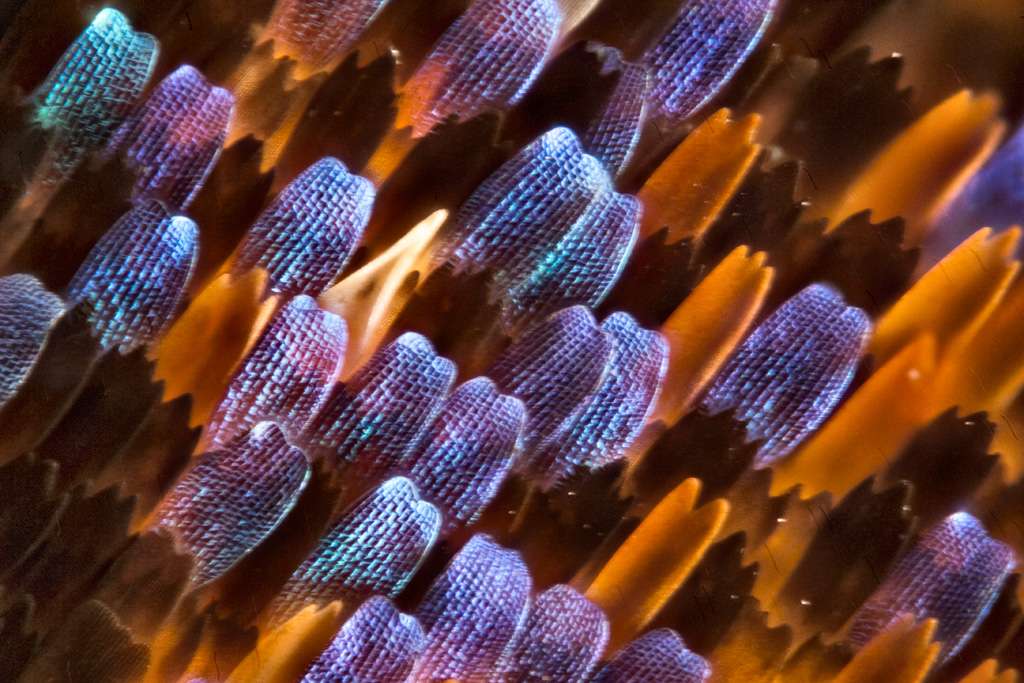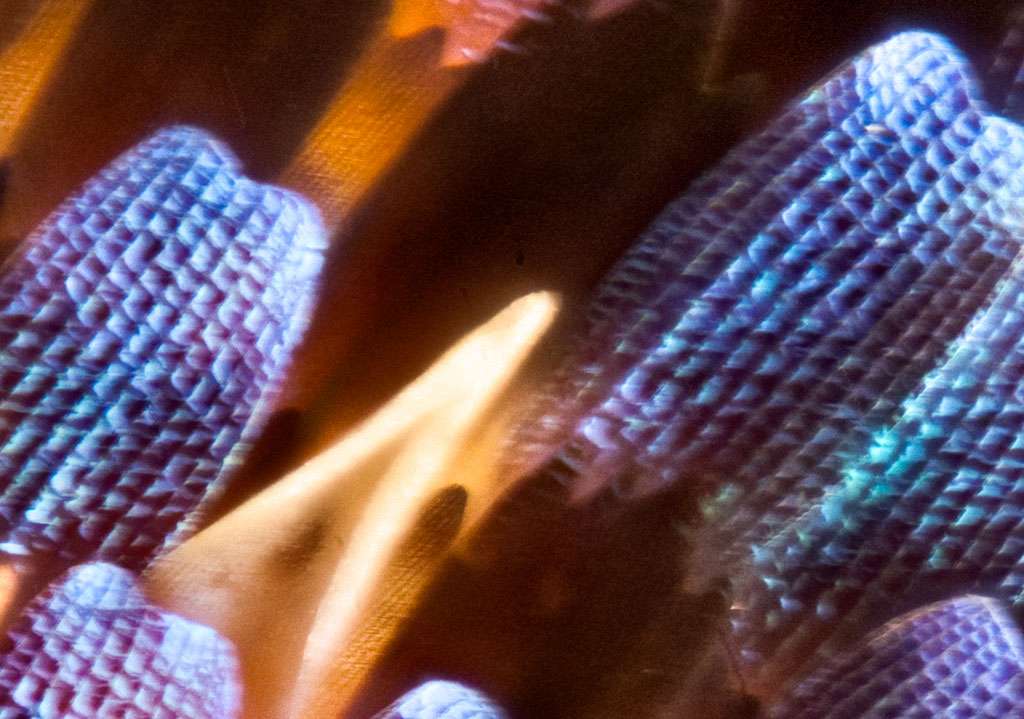I made this picture with times of 15 seconds, illuminating, with three LEDs 5 Wats.
It is a 40X with BD Plan 40 / 0.65 increments of 0.0015 mm. with stack shot. I know it's an outrage, and the stack and can not be perfect, but needed to do the experiment unless I was in the room. Program the controller and went outside to not interfere in the results with my breathing or my movimiento.El end is not photo quality, but note a fact that has disturbed me.


And this photo I made with the second curtain flash with 5 seconds of exposure. Everything was under total control, the flash was independent subject of the camera at a different table than the optical equipment and camera attached to an articulated arm. The time of 5 seconds is more than enough for all is still. Why has this happened?


I've done several tests and have come to the conclusion that if the flash is too close to the sample, 2-3 cm and fire with enough power (this photo was a 1 / 4 power of a canon 580 EX) and sample is very fragile and lightweight, heat stress produced by the flash, instantly creates pressure on the air molecules acting against the sample while it is emitting light. The result is a picture vibrated like this. If anyone thinks I'm wrong and has a better explanation, please say so, because I do not see another. Thanks

